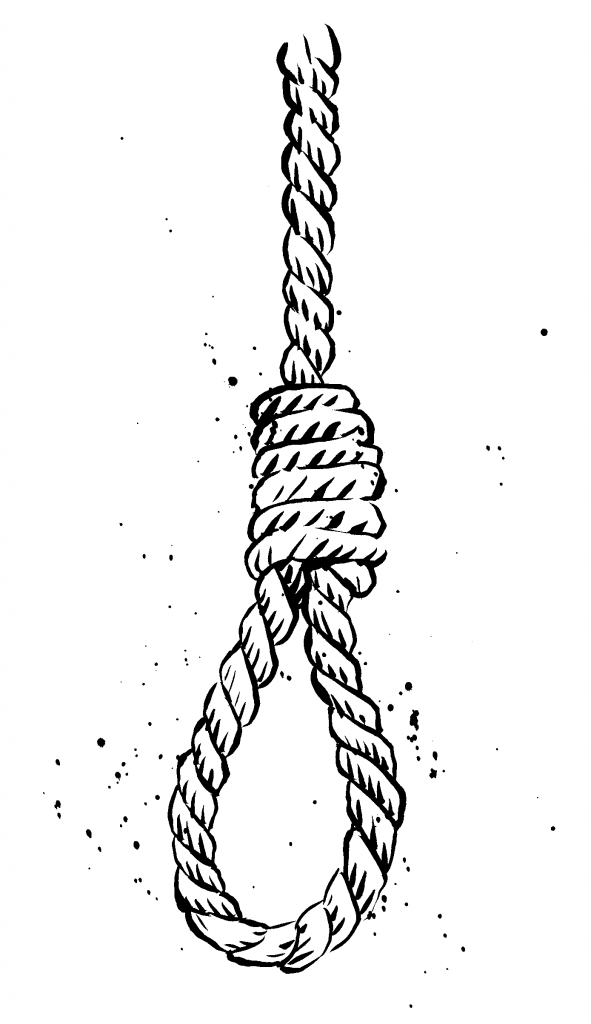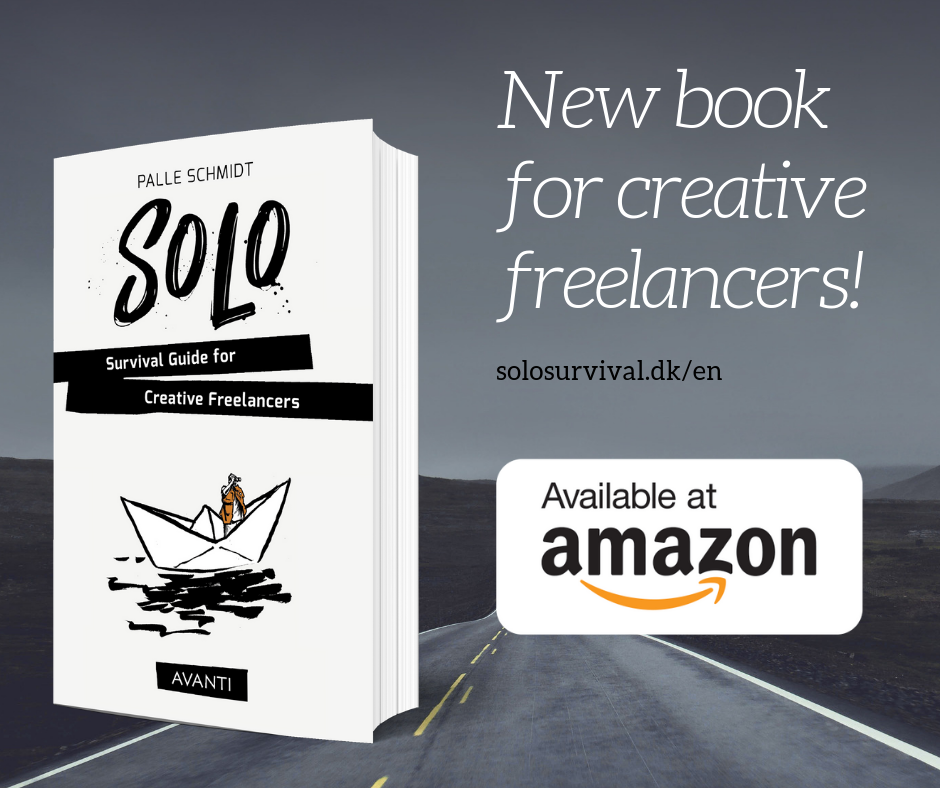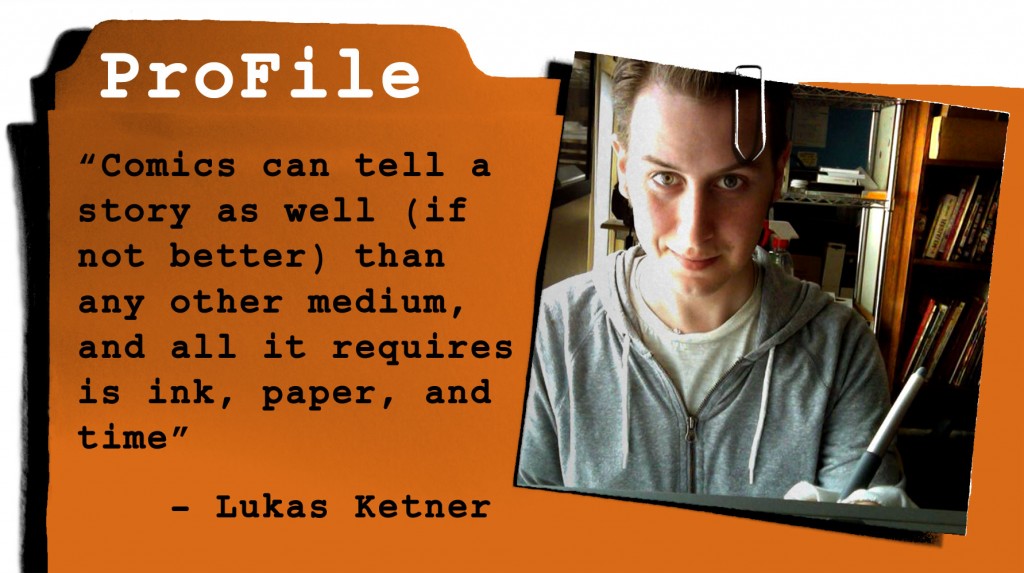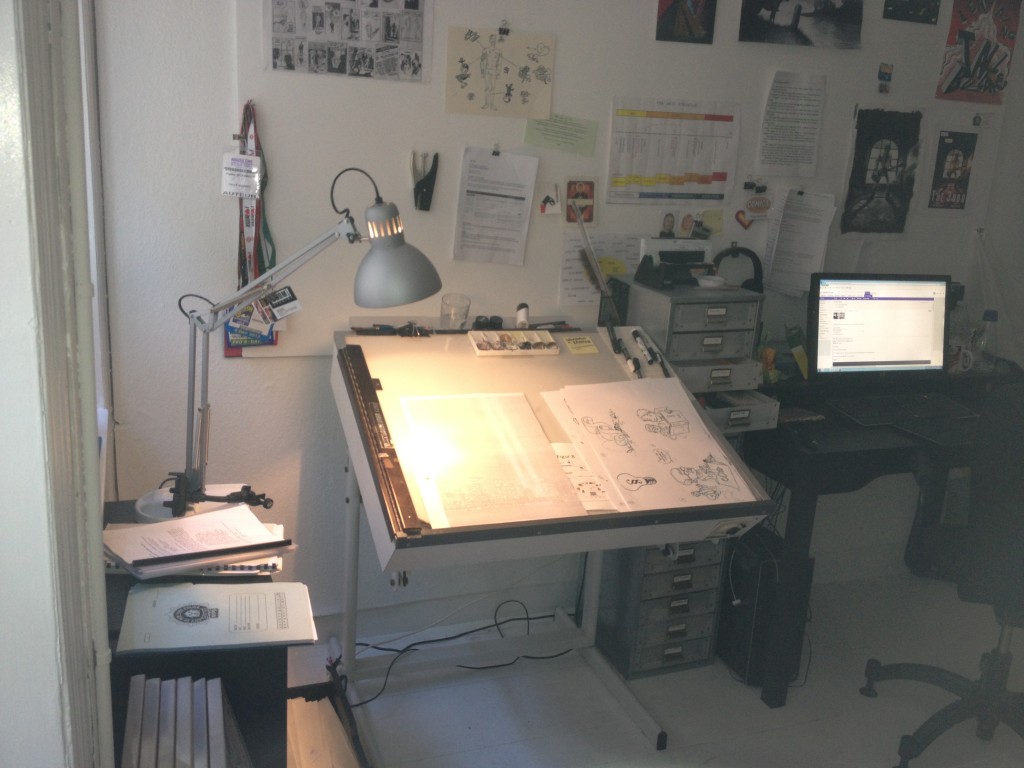
If you struggle to get any creative work done at all, it could mean a number of things. If it feels like the well is dry, maybe you need to fill it up. Seek inspiration in other art forms or simply allow yourself some time off. If you’re feeling completely burned out it could even be a sign of depression, but most likely it stems from some kind of fear.
The fear of failure, the fear of finishing. When a work is finished and put out into the world it can feel like a loss of control and setting yourself up for criticism. It can be hard to live up to the expectations of the audience as well as your own.
If you’re not able to “dance with that fear”, as Seth Godin put’s it, you are dead in the water. It could help to trick yourself into thinking of the work as a jam session rather than a large scale concert where nothing must go wrong. We talked about this idea earlier, but the fear of the blank page is real and tangible. You need to splash some paint on that canvas, put yourself in a situation where you don’t freeze up. I still have a ton of doubts about whatever I am creating. Experience has taught me to push through those doubts and distracting my monkey brain in the process. Just putting on a pair of headphones and doing one task at a time, going for progress not perfection.
When I was working on my graphic novel STILETTO, I made a rule for myself; I was not allowed to redraw or make significant corrections until after I had finished all 120 pages of artwork. I made mental notes whenever I was dissatisfied with a panel, promising myself I would fix it later. But guess what? When looking at the book as a whole, redrawing those panels didn’t feel so important any more. I ended up redrawing maybe a handful of panels, all because of continuity or for clearer storytelling, not because I didn’t like the art. I was able to keep myself from getting derailed by postponing judgment. It also saved me a ton of work.
Attempts to cheat your own brain like that don’t always work. If you feel you lack ideas or lack the drive to create, go do something else. I always used to think of my creativity as a bonfire that had to be kept burning. I was afraid the fire would die out if I left it alone for too long. Now I feel like walking away from it for a day, a week or even a month is the best way to get a bigger fire burning. Seeing new places, getting new experiences and learning something new are almost surefire ways of getting out of a creative funk.
On a day-to-day basis I also try to use the approach of getting a different perspective. I bring my notebook on a walk along the lakes or to a cafe. I flip my drawings over on the light box, look at the mirrored image and immediately spot mistakes I was blind to before. I print out my manuscript and go sit in another chair or in the kitchen rather than stare at the computer screen. Going back and forth between digital and analogue as well as changing scenes can help you get out of whatever rut you’re stuck in.
This post is an excerpt from my book SOLO – Survival Guide for Creative Freelancers – Get in now on Amazon.



